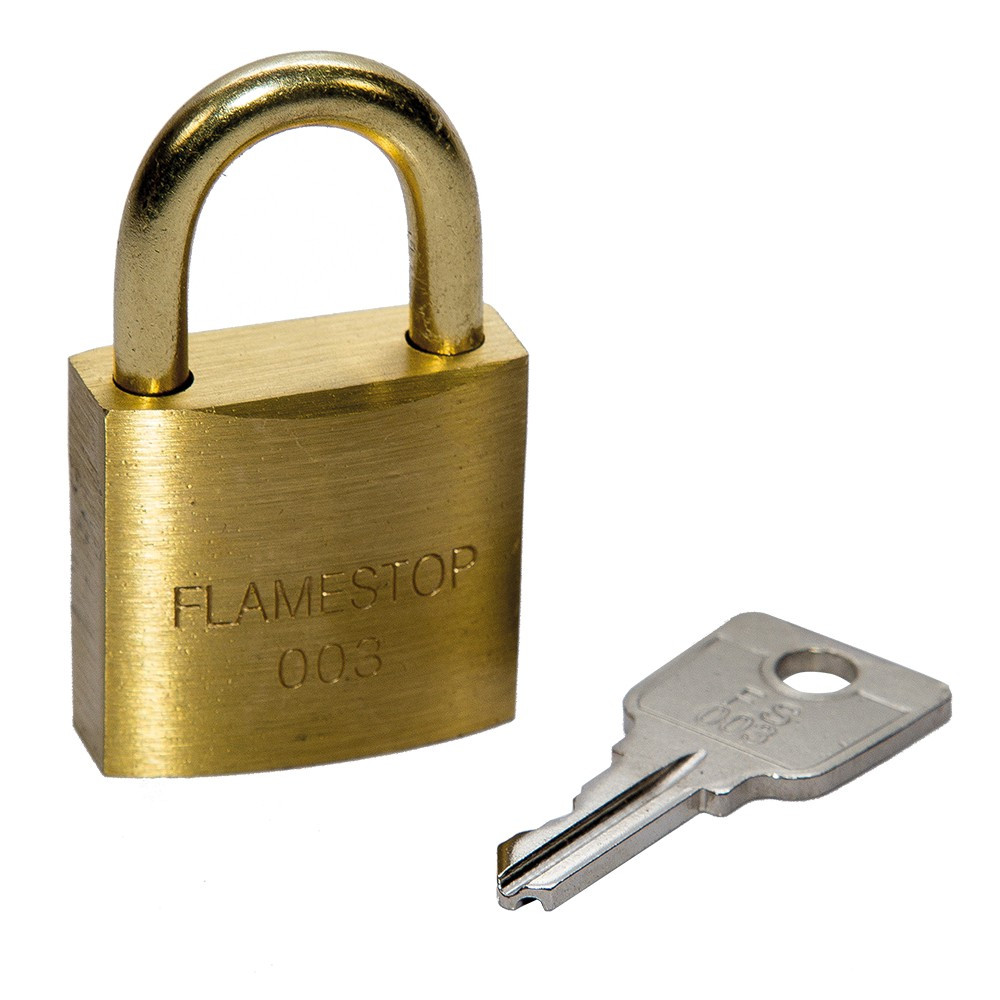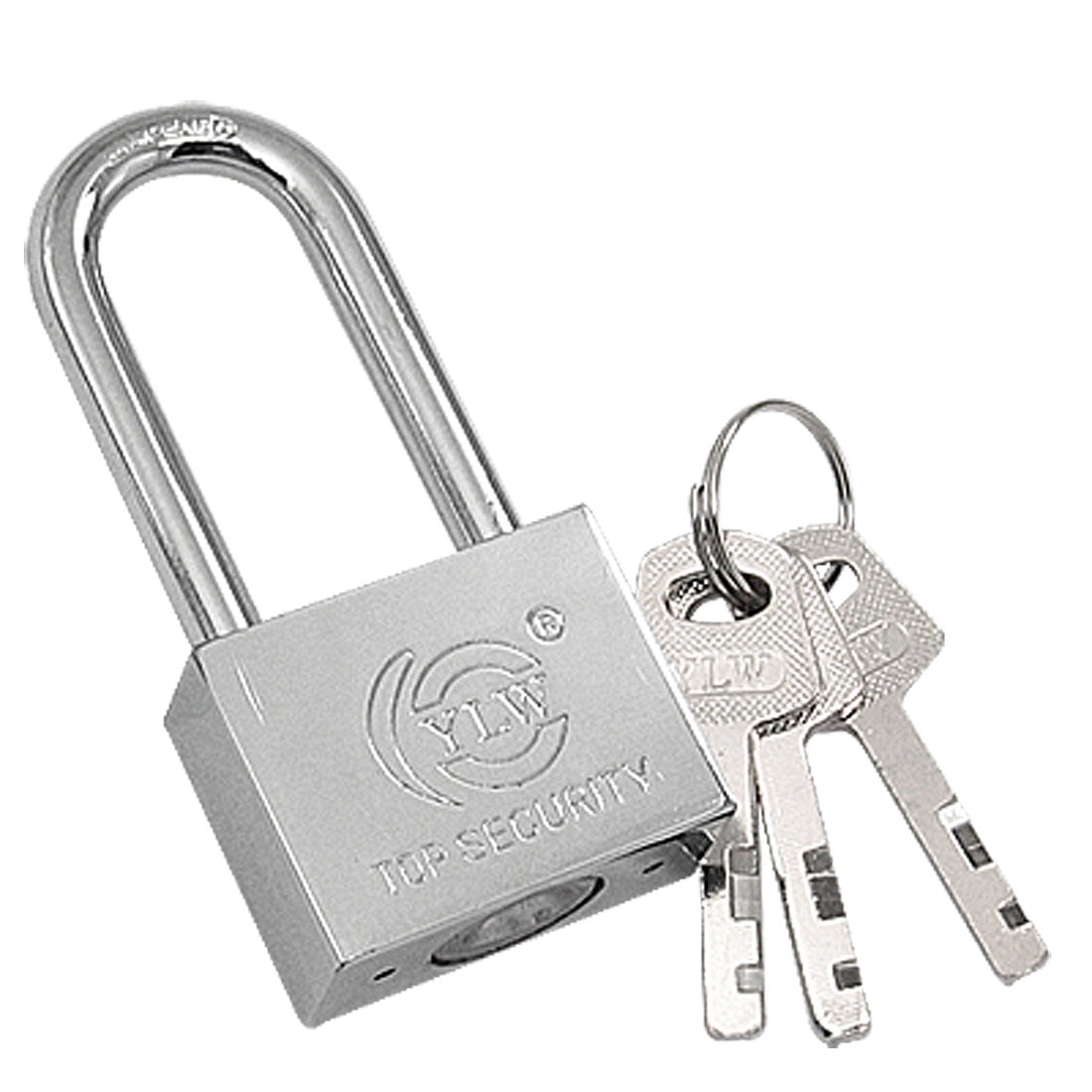

Iconic picture of the March 1848 revolution in Berlin. The revolutions demonstrated the prevailing discontent with the traditional, largely autocratic political structure of the independent states of the confederation and called for political unification through a national assembly representing all of Germany. The result was a series of sympathetic revolutions against the governments of the German Confederation, most of them mild but a few, as in the case of the fighting in Berlin, bitter and bloody. There were sporadic hunger riots and violent disturbances in several of the German states, but the signal for an organized uprising did not come until early in 1848, when the regime of the bourgeois King Louis-Philippe had been overthrown by an insurrection in Paris. Discontent from the lower classes, which had long been suffering, turned to open rebellion. At the same time, a series of bad harvests led to a major famine. After experiencing a swift population growth in the 1830s and 40s, a severe economic depression halted industrial expansion, decreased job availability and aggravated urban unemployment. George Struckman was born into a rather tumultuous period in Germany's history. In 1839, the population of Schaumburg-Lippe was reported as 27,468. In 1815, Schaumburg-Lippe joined the German Confederation, and then in November of 1837, it joined the fiscal union of the northeastern German states. It was originally a county, but to protect its independence, it joined the Confederation of the Rhine on Apand thereupon became a principality. Schaumburg-Lippe was one of the smallest German states until the end of World War II.

Schaumburg is a municipality in Germany's second largest state, Lower Saxony. Liekwegen, the village where he and his family lived, is located within present-day Schaumburg. In addition to exploring Struckman's ancestral beginnings in Germany, an understanding of the locality and time period in which they lived can be constructed. Present-day map showing the close proximity of many of the municipalities related to the lives of Struckman's ancestors in Germany, including: Sülbeck, Liekwegen, and Stadthagen (highlighted on map) The Struckman family line lived in Liekwegen, Germany from the earliest recorded time around 1600, until they immigrated to America about 250 to 270 years later. A deep dive into his ancestry, both maternal and paternal, reveals a wide variety of occupations held by family members, all of which benefited their neighborhoods in some way: miner, burgomaster (mayor), charcoal burner, miller, farmer, blacksmith and government inspector.Īll of Struckman's ancestors also lived, worked and attended the parishes within close proximity to the villages of Liekwegen, Sülbeck and the city of Stadthagen. The details of Struckman’s childhood in Germany before his family’s immigration to America are sparse, but an exploration of the available data provides a glance into the Struckman family's long tenure as a staple in their native community.

Located on the slope of the Bückeburg, the parish offers wonderful views of the north German lowlandsĬredit: Evangelical Lutheran Parish of Sülbeck The parish served the municipality of LiekwegenĬredit: Lower Saxony State Archives, Bückeburg Department Typically in American documents, it is spelled as "Struckman," while German records denote it as "Struckmann." For the purposes of this exhibit, Struckman will be used.īirth entry for George Gottlieb Struckman, 1835įrom the church book of the Evangelical Lutheran Parish of Sülbeck, Lower Saxony, Germany It is important to note that the Struckman family name may be spelled as either Struckman or Struckmann. At the time, he was known simply as the son of Gottlieb and Sophia, but he would go on to later make a name for himself in the New World. George Gottlieb Struckman was born on Augin Liekwegen, Schaumburg-Lippe (in the present-day state of Lower Saxony), Germany.


 0 kommentar(er)
0 kommentar(er)
